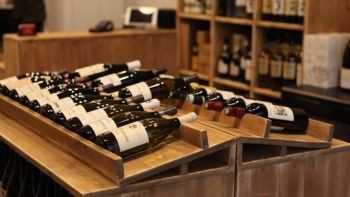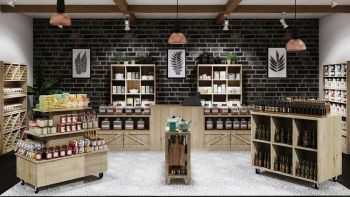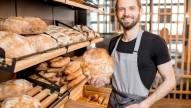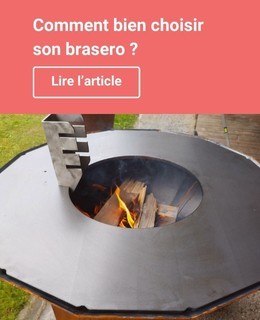-
MenuBack
-
Products
-
-
-
By product category
-
-
-
By profession
-
-
-
-
-
By product category
-
-
-
By profession
-
-
-
-
-
By product category
-
-
-
-
-
-
By product category
-
-
-
By profession
-
-
-
Business
-
-
Braziers
-
-
Our range of fire pits
-
-
-
-
-
- Second-hand
- Destocking
-
Customer projects
-
-
My layout project
-
Published on : 04/03/2025
Which wood to choose for your brazier: guide and practical tips
A real asset for professionals in the restaurant, hotel and specialized shops, the brazier creates a warm and friendly atmosphere. It allows you to extend the evenings outdoors while offering an elegant and functional heat source! To fully enjoy your brazier, it is essential to choose the right wood. Indeed, not all essences are equal: some guarantee a slow and efficient combustion, while others produce more smoke or burn too quickly.
Find out what types of wood to use a brazier perfectly and make it perform!
The different types of wood suitable for a brazier
The choice of wood for brazier plays an essential role in the quality of your fire, its aesthetics, but also its effectiveness! For catering professionals, owners of cafes, hotels or even wine and delicatessen stores, having a professional brazier that is efficient and adapted to their outdoor space is a real asset.
The main recommended wood species for brazier are:
- Hardwood (oak, beech, charm): ideal for a brazier because it offers slow combustion, gives off constant heat and produces very little smoke. These essences guarantee a beautiful ember perfect to prolong the evening.
- The fruit wood (apple, cherry, pear): appreciated for its subtle aroma, it brings a fragrant touch to the atmosphere. It is an excellent log for brasero during terrace dinners or outdoor events.
- Soft wood (birch, poplar, fir): although easy to ignite, it burns quickly and produces more smoke. It is therefore preferred for ignition only and not for continuous feeding of the wood-fuelled brazier.
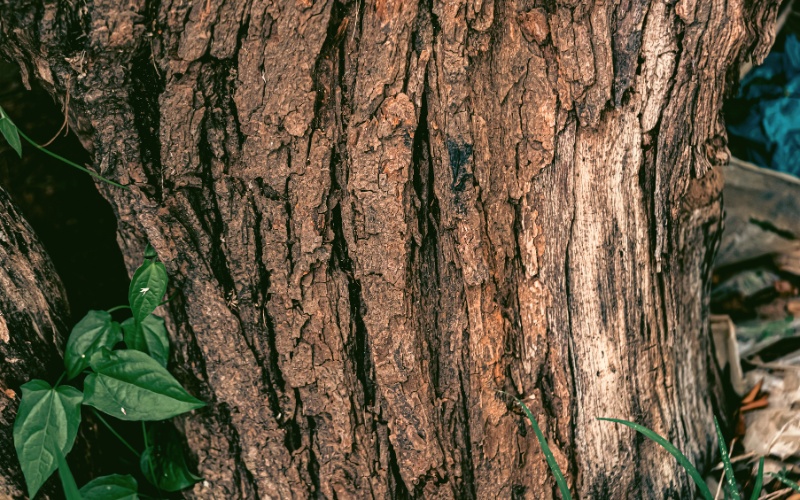
The best logs for brazier
To obtain a pleasant and efficient fire, it is not enough to choose any log of wood for brazier. The quality of the wood is paramount. The logs must be perfectly dry, with a moisture content below 20%.
This feature ensures clean combustion, without excessive smoke or heat loss. Split hardwood logs are the most common and effective for braziers. They allow to obtain beautiful flames, a homogeneous heat and a good hold over time.
For professionals looking for a practical solution, compressed logs are an interesting alternative. From compacted sawdust, they offer an excellent combustion time and generate very little ash, which facilitates the maintenance of the brazier.
There are also aromatic logs, often used in outdoor dining areas or at events. This type of wood for brazier brings a subtle fragrance to the atmosphere, enriching the customer experience.
To effectively start a brazier fire, soft wood kindling sticks are frequently used. They catch fire quickly and allow the ideal conditions to be reached for the introduction of the main logs.
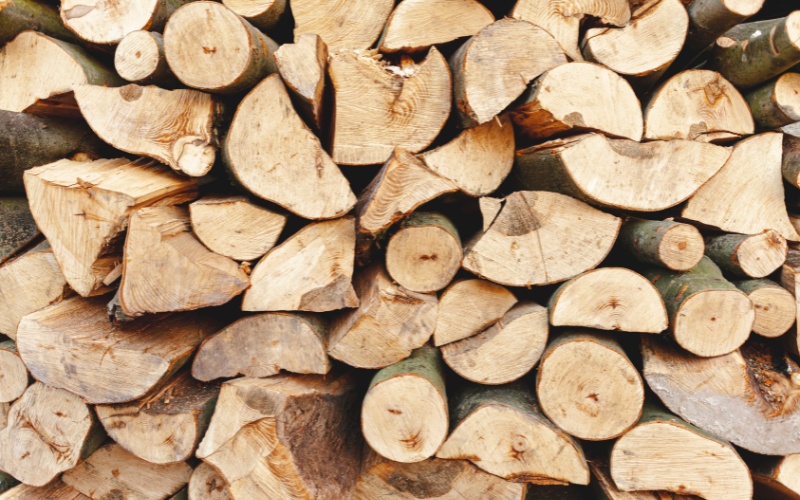
Wood or log for brazier: which to choose?
The choice between wood for brazier and log for brazier depends mainly on the use you will make of it and the desired effect in your establishment. For extended professional use, on terraces or outdoors, and to ensure long combustion, it is recommended to opt for hardwood in the form of split logs. It is the classic solution, appreciated for its robustness and the quality of its embers.
If you are looking for more practicality or want to bring a sensory touch to your events, the wood for brazier, especially in the form of compressed or aromatic logs, can be very interesting. They are easy to handle and guarantee an aesthetic fire, ideal for cosy and warm atmospheres in cafés, restaurants or wine cellars.
The size of the brazier wood must also be adapted to your brazier. Compact models will accommodate logs of 25 to 30 cm, while larger braziers can accommodate logs up to 50 cm.
Choosing the right wood for brazier according to the material used will allow you to optimize the comfort of your customers and ensure efficient combustion!
How to properly store and maintain your wood for a brazier
To preserve the quality of your brazier wood and ensure efficient combustion, proper storage and regular maintenance are essential. A well-preserved wood ensures fast ignition, optimal heat and clean combustion, thus limiting fumes and deposits in your brazier.
As a professional, you probably want your brazier wood to stay dry and ready for use, summer or winter, so here are some practical tips:
- Storage away from moisture: store your logs under a ventilated and covered shelter. Avoid direct contact with the ground by using pallets or a raised stand. A good airflow is also essential to prevent moisture from seeping in and preserving the heat content of wood.
- Stock rotation: use the oldest logs first to prevent them from damaging or rotting. A good stock management keeps wood always dry and ready for use. Check logs regularly for mould or insect traces, and discard damaged logs.
- Brazier maintenance: clean the fireplace daily to remove ash and debris. A well-maintained brazier ensures better combustion and prolongs its life. Ash must be removed after each use, as its accumulation can retain moisture and reduce fire efficiency. If your brazier is made of steel or cast iron, apply an anti-rust product or a light greasing to prevent oxidation.
By adopting these good practices, you guarantee an optimal yield of your wood for brazier throughout the year!
If you want to become an expert on braziers and make the right choice in your purchase, we also offer a blog article on which steel to choose for his brasero plancha.
